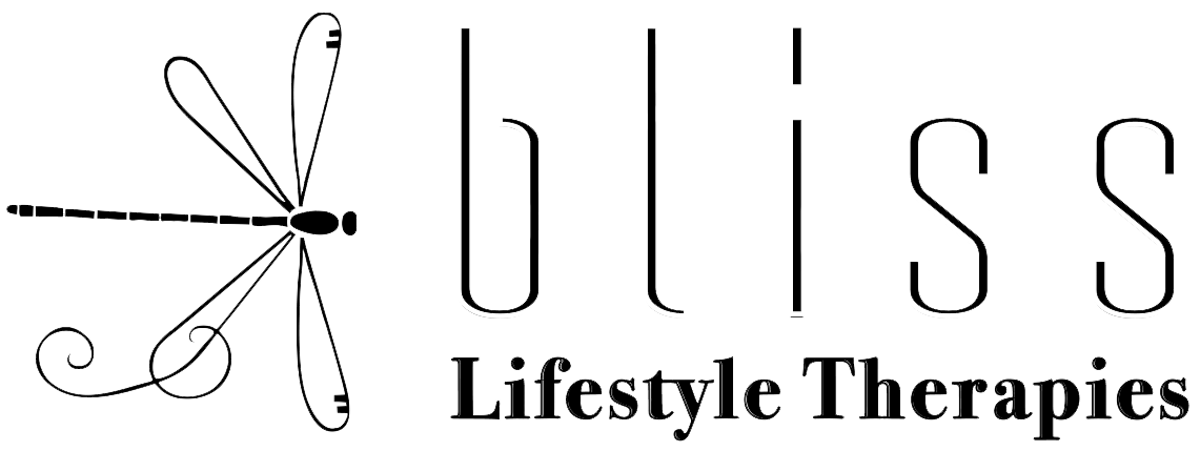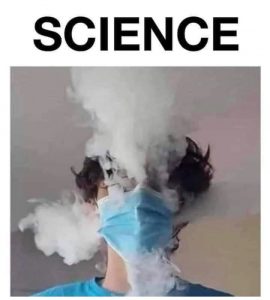Is Mask Wearing Healthy?

Masks are a tough thing. If they were easy to wear people would not be having problems with them. Legally, for health reasons, while the governor has mandated masks, employers technically cannot ask everyone to wear a mask. Before COVID, if a mask was needed in the workplace OSHA required employers to provide employees with medical testing to see if they could wear a mask, which mask was appropriate for the task needed, and for how long is was it safe to wear the mask and at what exertion level. See OSHA’s general info on masks here: https://www.osha.gov/Publications/OSHA3219.pdf. Now it’s a mask free for all, no health questions asked. The oversight of this complexity is concerning.
Surgeons wear them for extended times, but in rooms that were constructed to meet airflow requirements specifically for wearing masks and other hazards like patient off gassing during surgery. For more information showing special air requirements in medical setting see: https://www.cdc.gov/infectioncontrol/guidelines/environmental/appendix/air.html. and from the New England Journal of Medicine: “We know that wearing a mask outside health care facilities offers little, if any, protection from infection.” PMID:32237672
It says on the governors COVID-19 website that masks do not protect you. They only protect others. https://files.covid19.ca.gov/pdf/employer-playbook-for-safe-reopening–en.pdf page 22, second bullet from the bottom. In fact other reliable sources indicate that they do not protect others either: from the New England Journal of Medicine, “… both surgical and cotton masks seem to be ineffective in preventing the dissemination of SARS-CoV-2 from the coughs of patients with COVID-19 to the environment and external mask surface.” htps://www.acpjournals.org/doi/10.7326/M20-1342
We also know that you need not just a microscope, but an electron microscope, that magnifies 1000 times more, to see a virus because it is so very small that any space in the fibers of all masks in the general public, is like a giant 12 lane freeway for a virus. Living in the hope that wearing a mask helps and the reality of whether or not it does and to what extent are very different things. All major articles state that there is no research to confirm the efficacy of mask wearing in this instance.
There is however, evidence to suggest that it may in fact cause harm. British Medical Journal states, “… laboratory-confirmed virus were significantly higher in cloth masks group… Penetration of cloth masks by particulate was almost 97%… This study is the first RCT of cloth masks and the results caution against the use of cloth masks. Moisture retention , reuse of cloth masks and poor filtration may result in increased risk of infection.” PMID: 25903751
Journal of Influenza & Other Respiratory Viruses: “None of the studies established a conclusive relationship between mask/respirator use and protection against influenza infection.” PMID: 22188875
University of Edinburgh: “Conversely, surgical and hand-made masks, and face shields, generate significant leakage jets that have the potential to disperse virus-laden fluid particles by several meters. The different nature of the masks and shields makes the direction of these jets difficult to be predicted, but the directionality of these jets should be a main design consideration for these covers. They all showed and intense backward jet for heavy breathing and coughing conditions. It is important to be aware of this jet to about a false sense of security that may arise when standing to the side of, or behind, a person wearing a surgical or hand-made mask, or a shield.” https://arxiv.org/ftp/arxiv/papers/2005/2005.10720.pdf
The government requires employers to get employees temperature before starting work. Some employers, like Bliss Lifestyle Therapies, are additionally testing oxygen saturation, because an inhibited ability to carry oxygen in the blood is a side effect of COVID (or a side effect of anemia, or sleep apnea, etc.). Health screening for workers and clients before services, drastically reduces the odds that anyone contagious is anywhere near you.
Wearing a mask does reduce your available oxygen. There are a wide range of opinions about by how much oxygen is reduced, which indicates a consensus that it does in fact reduce it.
Journal of Neurocirugia (Neurosurgery): “Preliminary Report on Surgical Mask Induced Deoxygenaton During Major Surgery…Our study revealed a decrease in the oxygen saturation of arterial pulsations (SpO2)” PMID 18500410
Additionally, available oxygen is different than your oxygen saturation, which is your ability to carry oxygen in your blood, not how much is available to you. Obviously if there is less oxygen available, ultimately this will result in a lower oxygen saturation simply due to there not being enough to carry, but there is a difference between the two and they happen at different times for different reasons. Deoxygenation is a big deal. We can only live for minutes with zero oxygen so reduced oxygen does matter. See OSHA’s notes on oxygen in the environment here: https://www.osha.gov/SLTC/etools/shipyard/shiprepair/confinedspace/oxygendeficient.html Similar to mask wearing, high altitude is an environment where the air is thinner and less oxygen is available. Some people are sensitive to altitude sickness. When we go to Tahoe it takes about three days to acclimate to high altitude or “thin air” aka lower oxygen concentration. Thats remaining in a higher altitude environment for 24 hours a day for three days. People’s body’s are being asked to adapt instantly when they put on a mask, and then be back at normal oxygen levels the second they take off their mask. It’s hard on the body. Altitude training requires exercising with a mask. However, an altitude training mask has a vent to expel your CO2. The factor of trapping and rebreathing any percentage of your CO2 makes it even more complicated than just simply not having enough oxygen. We exhale CO2 because we need to get rid of it to keep our blood at the right pH level so we don’t get sick from the complications of acidosis.
Respiratory Acidosis: “Respiratory acidosis develops when air inhaled into and exhaled from the lungs does not get adequately exchanged between the carbon dioxide from the body and oxygen from the air.” https://www.medicalnewstoday.com/articles/313110.
Further, many people have conditions that make it unsafe for them to wear a mask for very long or even at all. People who have any of the following conditions should think twice about wearing a mask for very long if at all:
- any form of anemia
- asthma
- high blood pressure
- COPD
- altitude sensitivity
- TBI
- smoker
- pregnant
- pacemaker
- sleep apnea
- any kind of heart or lung condition etc.
So while it might be “polite to others” to wear a mask, how polite should we be? Polite enough to get dizziness or a headache? Polite enough to pass out? Polite enough to increase our risk of infection? While hopefully few people need medical attention due to mask wearing, there is a point at which “polite” becomes unreasonable. Especially when it offers nothing more than a placebo.
Journal of the American Medical Association: “Face masks should not be worn by healthy individuals to protect themselves from acquiring respiratory infection because there is no evidence to suggest that face masks worn by healthy individuals are effective in preventing people from becoming ill.” https://jamanetwork.com/journals/jama/fullarticle/276269
Additionally, Journal Headache: “Most healthcare workers develop de novo PPE (such as N95 face mask) associated headaches or exacerbation of their pre-existing headache disorders.” PMID: 32232837
Daily use risk to benefit? Viruses escape out, while some CO2 and other unwanteds stay in… That’s a hard “PASS” on the mask. Mask wearing is for drywalling, windy pollen/dust days and smoke. It’s just science.
While its easy to be afraid and to have a mini, or big, freak out over the unknown, we really need to take a step back and realize there is a bigger picture. It would be great if it were simple and easy, but it’s really not. Few things are. Mask wearing comes with many complications and viruses are teeny, tiny sub-microscopic things are not deterred by masks.
We used to laugh out loud together as neighbors and strangers and not care to notice if we were 3, 5 or 6 feet apart, and for the most part, we were all very healthy. So, wash your hands regularly, and as always, do not sneeze or cough out into the open on others, use a tissue, a towel or your elbow. Things have not changed so drastically that we can no longer laugh together. 😃
Experts agree that the nutrition, exercise and stress reducing factors of lifestyle are your biggest weapon against disease, including viruses. The very best thing you can do is to take care of your health.
We are happy to be here to help you!
— Bliss Lifestyle Therapies Professionals and Staff

